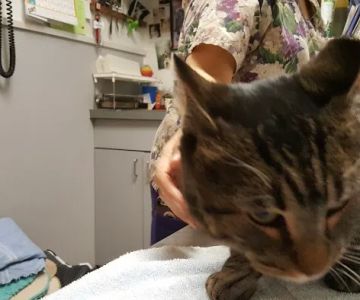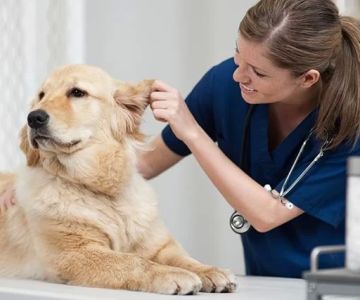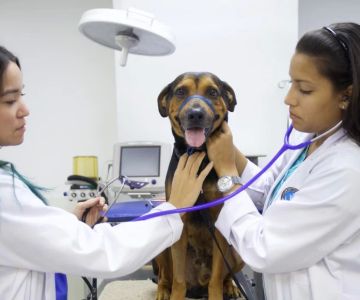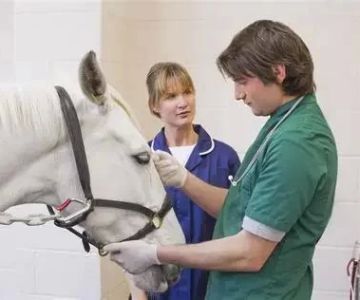- 1-Understanding-the-Importance-of-Veterinary-Practice-Valuation
- 2-Key-Methods-to-Value-a-Veterinary-Practice
- 3-Essential-Factors-Affecting-the-Value-of-a-Veterinary-Practice
- 4-Real-World-Examples-of-Veterinary-Practice-Valuations
- 5-Common-Mistakes-to-Avoid-in-Practice-Valuation
- 6-Steps-to-Take-After-Valuing-Your-Veterinary-Practice
1. Understanding the Importance of Veterinary Practice Valuation
Knowing how to value a veterinary practice is crucial whether you are planning to sell, merge, or simply understand your business’s worth. Accurate valuation helps owners set realistic prices, attract serious buyers, and negotiate effectively. It also informs financial planning and strategic growth decisions.
Valuing a veterinary practice requires a thorough analysis of financial performance, market conditions, and intangible assets like reputation and client loyalty.
2. Key Methods to Value a Veterinary Practice
Several methods exist to value a veterinary practice, each with its strengths:
- Income Approach: Focuses on the practice’s profitability, projecting future earnings and discounting them to present value.
- Market Approach: Compares the practice with recent sales of similar veterinary clinics.
- Asset-Based Approach: Values the practice based on its tangible and intangible assets minus liabilities.
Often, a combination of these methods provides the most balanced and accurate valuation.
3. Essential Factors Affecting the Value of a Veterinary Practice
Key factors influencing valuation include:
- Financial health: Revenue, expenses, and profitability trends.
- Client base: Size, loyalty, and demographics.
- Staff quality and stability.
- Location and competition.
- Equipment and facilities condition.
- Growth potential and market trends.
Veterinary practices with strong client relationships and modern equipment often command higher values.
4. Real-World Examples of Veterinary Practice Valuations
Consider a practice in a growing suburban area that recently upgraded its diagnostic equipment. The income approach revealed a solid profit margin, while market comparisons showed similar clinics selling at 2.5 times annual revenue. This data helped set a competitive asking price that attracted multiple offers.
Another example involved a rural clinic with a loyal but aging client base and minimal technology upgrades. Asset valuation was more relevant here, focusing on equipment and goodwill rather than growth projections.
5. Common Mistakes to Avoid in Practice Valuation
Some frequent errors include relying solely on book value, ignoring intangible assets like client loyalty, and failing to adjust for local market conditions. Overestimating future earnings or underestimating liabilities can also lead to inflated valuations.
Engaging professionals experienced in veterinary practice valuation can help avoid these pitfalls and ensure an objective and realistic assessment.
6. Steps to Take After Valuing Your Veterinary Practice
Once you understand how to value a veterinary practice, consider these next steps:
- Consult with financial advisors and brokers to plan a sale or growth strategy.
- Invest in areas identified for improvement to increase value.
- Prepare documentation and presentations for prospective buyers.
- Explore financing options if purchasing a practice.
Valuation is just the beginning—smart decisions post-valuation maximize your veterinary practice’s success and profitability.
If you want to deepen your knowledge or find professional valuation services, explore our recommended resources for trusted expertise and tools tailored to veterinary businesses.











